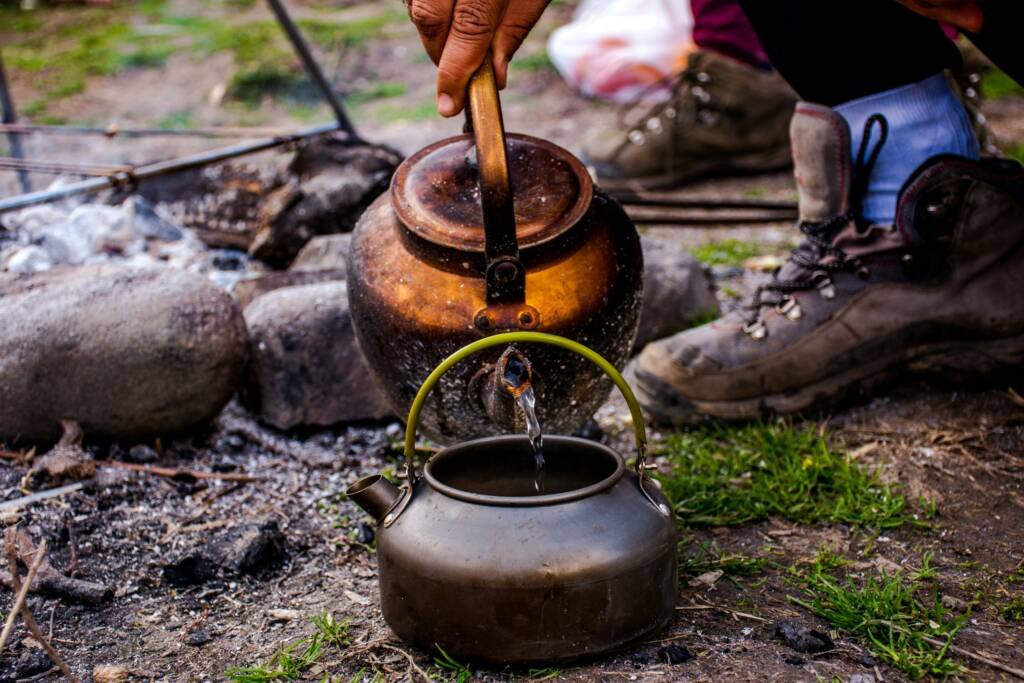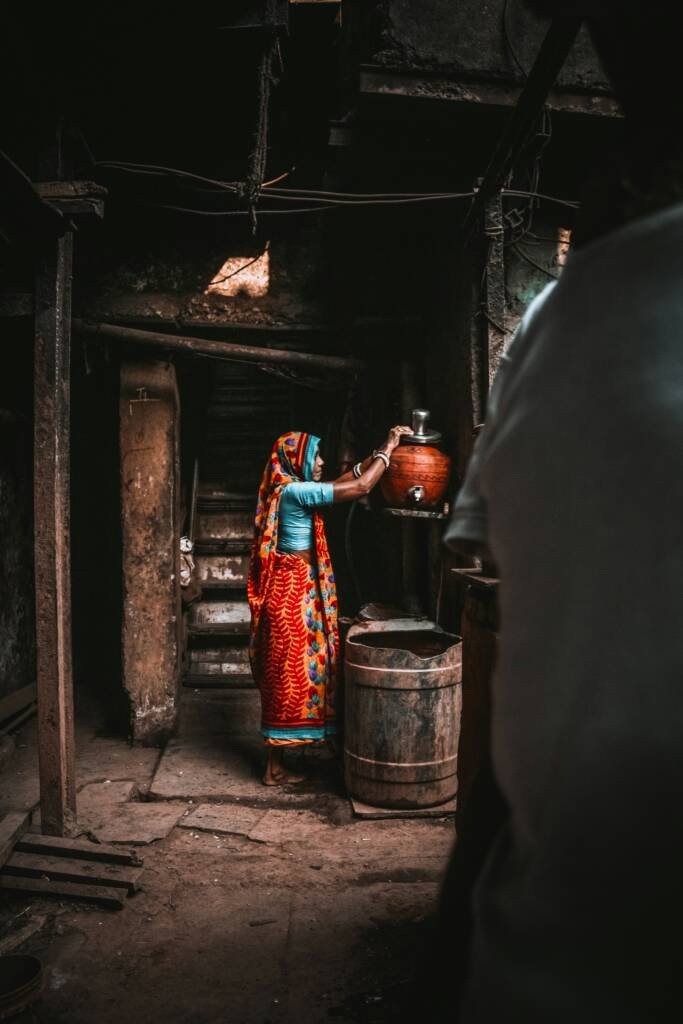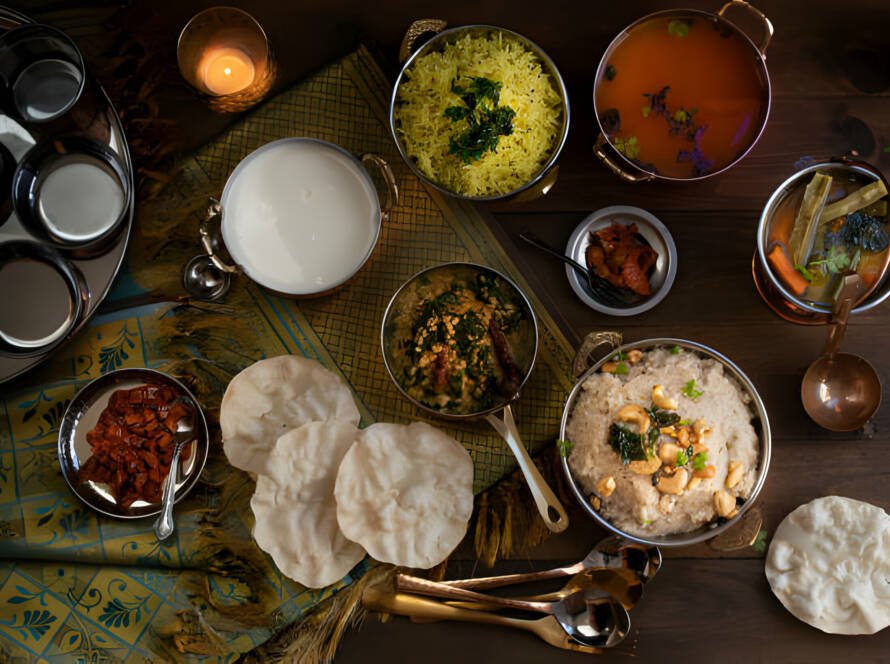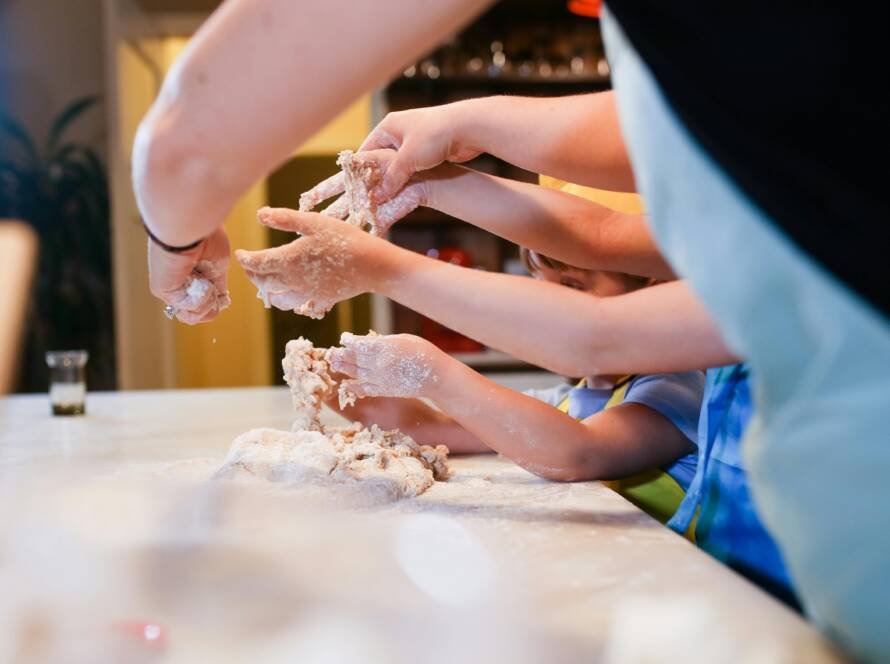The Warmth of the Hearth: A Portal to Home and History
There is a certain magic in the soft crackle of firewood, the gentle dance of flames beneath a humble chulha, and the earthy scent rising from a clay pot simmering slowly on it. These are not mere cooking implements—they are living vessels of memory, culture, and deep connection. Across India’s villages and towns, from mountain valleys to sun-drenched plains, traditional cooking techniques have nourished bodies and souls for centuries, inviting us into a world where food is as much about ritual and reverence as it is about taste.
To sit by a chulha, watching the slow transformation of simple grains and spices, is to enter a sacred space where time itself seems to stretch—where the alchemy of heat and earth crafts stories of survival, celebration, and community.
The Chulha: Heartbeat of the Indian Kitchen
The chulha, with its humble clay or brick body and open flame, is more than a stove—it is a hearth around which families have gathered, stories have been shared, and traditions passed down. Built often by the hands of the household, fueled by wood, cow dung, or dried leaves, the chulha embodies sustainability and intimate connection to the environment.
Cooking on the chulha requires patience and attentiveness. The slow, even heat imparts a depth of flavor that modern gas stoves often cannot replicate. It teaches the cook mindfulness—watching the fire, feeling the warmth, listening to the subtle sounds of bubbling dals or sizzling spices.
The chulha is also a social symbol—its presence in the courtyard or kitchen signifies home and hospitality. Festivals and daily meals alike owe their soulful richness to the flames flickering beneath it.


Clay Pots: Earth’s Gift to the Kitchen
Parallel to the chulha is the tradition of cooking in clay pots—vessels that have cradled Indian food since time immemorial. Made from locally sourced mud, these pots breathe life into recipes, slowly infusing dishes with a unique earthiness and moisture that no metal utensil can replicate.
The porous nature of clay allows heat to circulate gently, preserving nutrients and enhancing natural flavors. The smell of a slow-cooked biryani in a sealed clay handi or the tang of a mustard seed tempered curry reveals a deep bond between earth and eater.
Beyond their culinary virtues, clay pots carry symbolic weight—reminding us of the cycles of nature, the hands that mold them, and the communities that sustain this craft. Their warm, rustic presence grounds the kitchen in tradition and simplicity.
Rituals, Rhythms, and Reverence in Cooking
Cooking on chulhas and in clay pots is never just a task; it is a ritual woven into the daily rhythms of life. The preparation of firewood at dawn, the lighting of the flame with a prayer, the stirring of pots with wooden spoons—all these acts carry layers of intention and respect.
Many families follow age-old customs: adding a pinch of turmeric for auspiciousness, cooking certain dishes only on specific days, or feeding the first morsel to the sacred fire. These rituals bind the act of cooking to spirituality, weaving food into the fabric of festivals, rites of passage, and seasons.
Why Traditional Techniques Still Matter
In today’s fast-paced, convenience-driven world, the slow, mindful practices of chulha and clay pot cooking may seem nostalgic or even obsolete. Yet, they endure—because they speak to something deeply human: a longing for connection, for grounding, and for honoring the earth that feeds us.
These techniques remind us that food is not just fuel but a dialogue between nature, culture, and community. They teach patience, care, and respect for the ingredients and the processes that transform them. More than nostalgia, they are vital lessons in sustainability and holistic living.
The Flame We Carry Forward
As you imagine the glowing embers beneath a clay pot, the fragrant steam rising from a chulha-cooked meal, may you feel the heartbeat of India’s kitchens through time—the love, the labor, the reverence. These traditions invite us to slow down, to cherish the warmth of the hearth and the earth’s gifts, and to cook not just with our hands but with our hearts.
In honoring these methods, we keep alive a sacred dialogue—between past and present, earth and table, fire and feast. And in doing so, we carry forward a legacy that nourishes not only our bodies but our souls and communities.
In every flicker of flame and every earthen vessel, India’s timeless spirit simmers softly, inviting us all to taste the essence of home and heritage.



